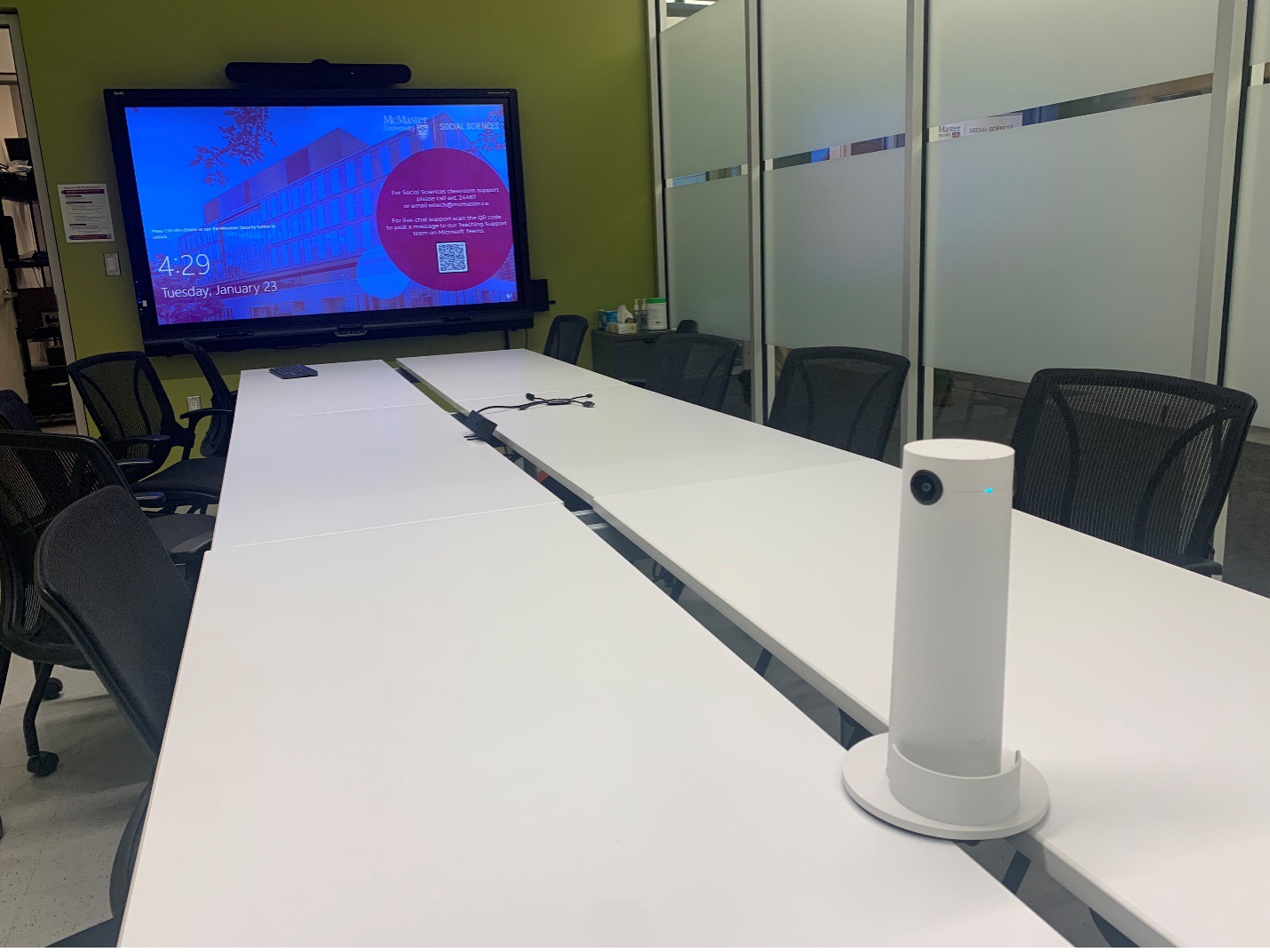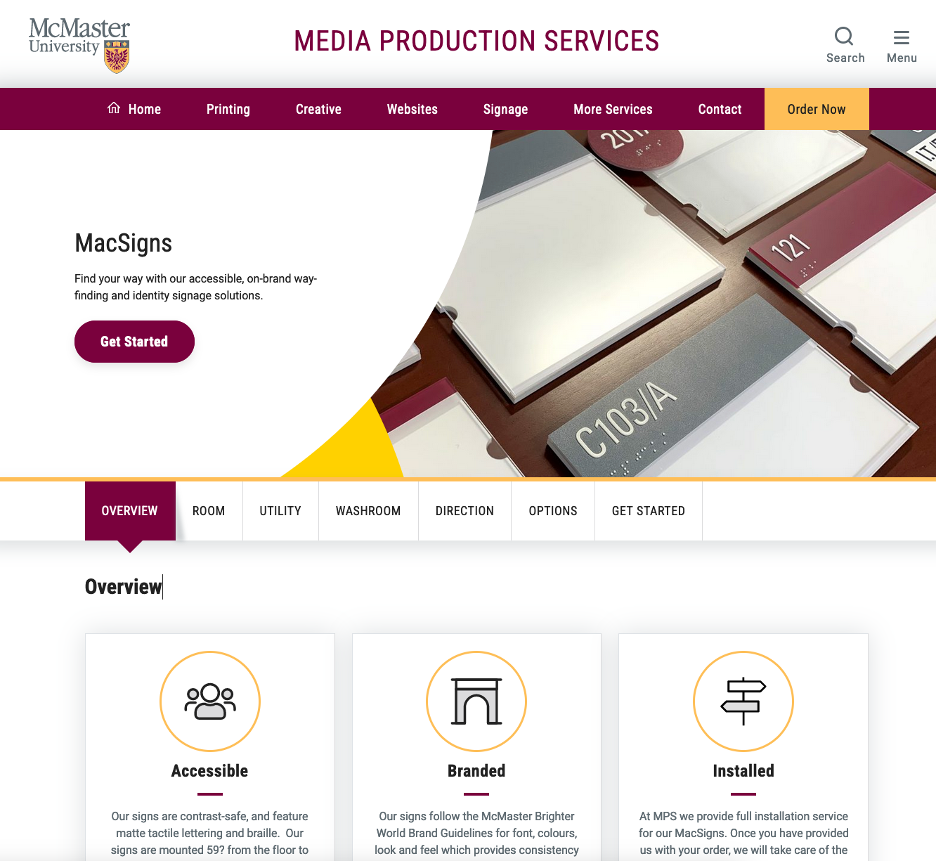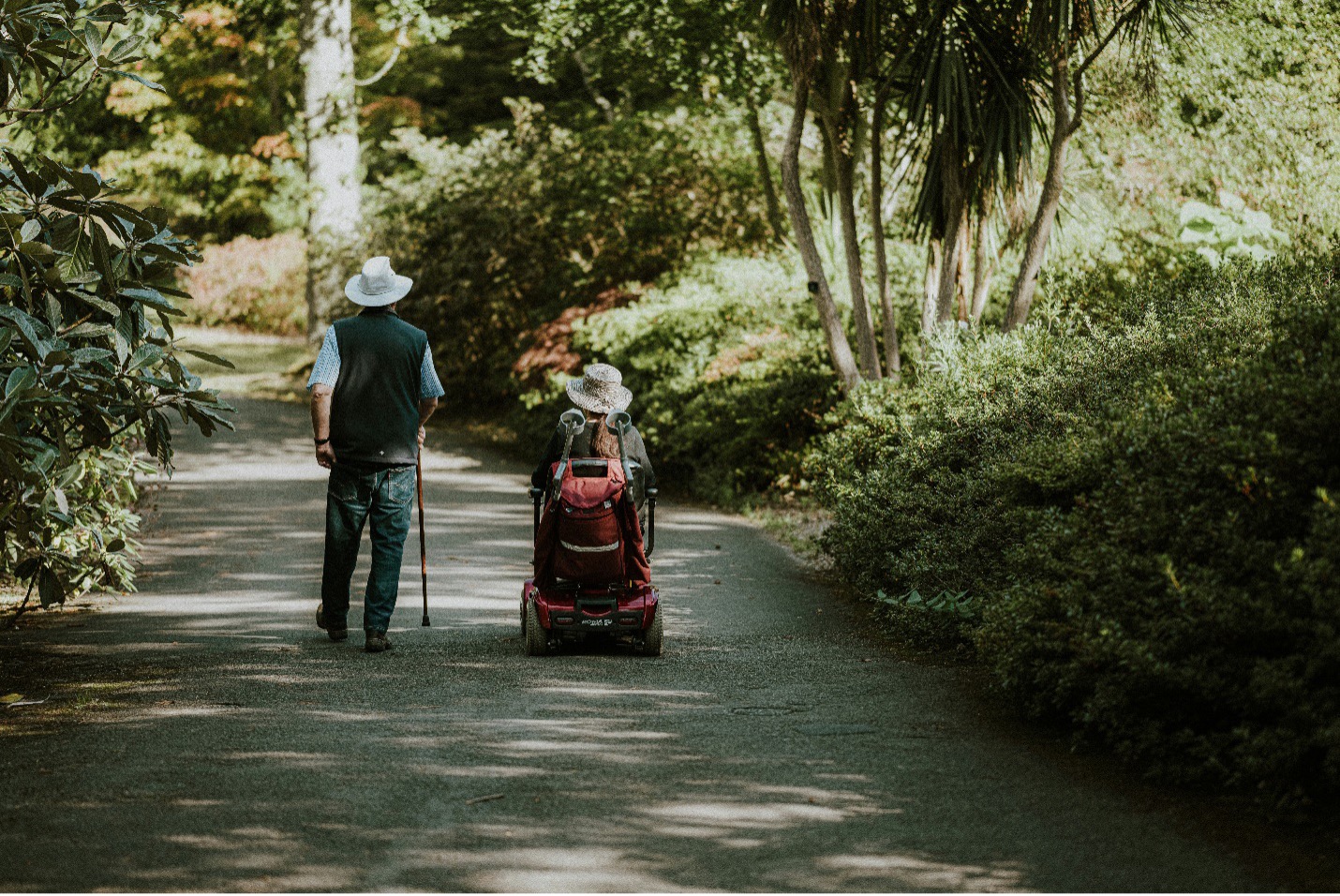28 Spaces and Environments
Enhancing Art Access at McMaster Museum of Art
Throughout 2022-2023, all live and recorded virtual programs at the McMaster Museum of Art M(M)A have been delivered with closed captioning. Where possible the M(M)A has continued to record and deliver in-person talks as recorded videos on YouTube to support viewers with hearing impairments, diverse learning styles, and those in need of English language assistance.
Images and materials published on the museum website and on social media include alt-text in an ongoing effort to increase accessibility on digital platforms.
The M(M)A galleries offer large font versions of interpretive texts and labels. Digital copies of interpretive texts have been made available online along with supplemental digital materials like tour videos, 3D tours, and installation photography to provide alternative modes of experiencing exhibitions.
The opening mechanism for the building’s accessible washroom has been replaced, improving independent access to this amenity. Museum staff are trained to be attentive to guests and prioritize providing support.
Contributors: Liana Shaw, Communications Officer, Nicole Knibb, Senior Education Officer and Teresa Gregorio, Education Officer, McMaster Museum of Art
Faculty of Social Sciences Updates for Built Environment
The Faculty of Social Sciences has been actively investigating the enhancement of several Faculty and Department controlled classroom and meeting spaces to improve the accessibility standards. The first phase of this work has been completed with a focus on standardized visual display technology with high-contrast, large 4k commercial displays with anti-glare multi-touch capable surfaces for digital annotation. The screens themselves are flexible with a height adjustable feature for enhanced physical accessibility. In addition to these enhancements, several rooms will be receiving permanent video conferencing capabilities to enable better hybrid experiences with a focus on the quality of sound and improved digital access. This spring / summer will also see continued renovations to several rooms across the Faculty to address voice amplification, upgraded display technology, improved control system useability, and new table surfaces with power and minimum standards for flexible height capacity. Some of these enhancements will be scaffolded over several years with the intent to actively inform and influence classroom accessibility standardization for the Faculty and beyond. The Faculty will contribute any experiences and feedback to the Barrier Free Standards Committee for McMaster University, the Classroom Renovation Committee, and Campus Classroom Technologies (CCT). The Faculty is also co-leading a Partnered Teaching and Learning (PTL) Garden Grant with CCT and a pan-university group to develop a scalable ‘McMaster Hybrid Standard’ with the intent to also enhance in-person and remote classroom audio accessibility considerations significantly.

In addition to advancing digital access in spaces, several departments within the Faculty have adopted and implemented accessible door signage. These signs adhere to the ‘MacSigns’ standard, thoughtfully provided by Media Production Services (MPS). Notable features of these signs include a contrast-safe design, matte tactile lettering and Braille to accommodate both visual and tactile navigation, and strategic placement. Specifically, the signs are mounted 59 inches from the floor to the top of the sign, ensuring optimal visibility. Additionally, they are situated 3 inches from the door frame on the latch side. Several units have also implemented similar standards for washroom signs, enhancing accessibility, promoting gender neutrality, and facilitating wayfinding.
Contributors: Nick Marquis, Learning Technologies Consultant, Faculty of Social Sciences on behalf of the Faculty and several leads distributed across all departments

Interactive Panoramic Videos of Student Affairs Locations
The Student Success Centre led the development of interactive 360-degree videos of Student Affairs locations on campus. This template also helped develop 360 wayfinding videos of the prayer spaces available for students. The videos were filmed using the Insta 360 One RS Camera. Viewers can change the video view to provide an immersive experience, helping students with accessibility or mobility needs gauge the spaces they are navigating on campus.
- Student Wellness Centre
- Athletics & Recreation
- Indigenous Student Services
- Housing and Conference Services
- Student Accessibility Services
- Student Success Centre
- Black Student Success Centre
- SSC: International and Exchange Student Experience Hub
- SSC: Writing and Academic Skills Hub
- Spiritual Care and Learning Centre
This project was sponsored by the Training Equipment and Renewal Fund.
Contributors: Student Success Centre: Jacqueline Hampshire, Christian Braun, and Abdo Habbani
Older Adult Open Campus Day
On September 15, 2023 MIRA and Gilbrea co-hosted Older Adult Open Campus day. This event connected 60 older adults with over 80 student volunteers, who visited location s of interest across McMaster campus, including the nuclear reactor, planetarium, the greenhouse, the McMaster Library’s maps and archives collection, the McMaster Museum of Art, researcher labs, walking tours, and nature trails. Older Adult Open Campus Day served as an important community and capacity-building activity, forging intergenerational communication and relationship building between older adults and students. Together, participants connected with research up-close and in-person and were invited to experience the vibrant McMaster campus in new and exciting ways. The event — funded by the McMaster Okanagan Office for Health and Well-being’s Special Projects Fund — supported the Office’s goal of promoting health and well-being initiatives on-campus while demonstrating McMaster’s commitment to encouraging participation and inclusion of older adults, as a member of the Age-Friendly University Network.
Contributors: Allison Dubé and Anthea Innes, Older Adult Open Campus Day – McMaster Institute for Research on Aging and the Gilbrea Centre for Studies in Aging

